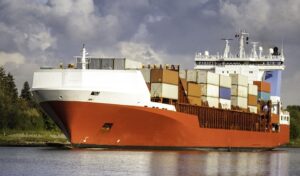The evolution of shipping containers since the mid-20th century has revolutionized global trade. Standardized intermodal ISO containers, along with specialized designs like refrigerated, flat rack, and high-cube containers, offer versatile transport options across various modes (road, rail, air, sea). Container leasing services enhance flexibility for businesses. Today, shipping containers are integral infrastructure for global supply chains, catering to diverse freight requirements from dry goods to hazardous materials. Their adaptability, standardized dimensions, robust construction, and container leasing capabilities have made them a key enabler in modern logistics, streamlining operations and reducing costs across industries.
In today’s globalized world, versatile shipping containers are revolutionizing freight transportation. This article delves into the evolution of these game-changers and explores their unparalleled adaptability. From bustling metropolises to remote landscapes, modern containers cater to diverse needs, accommodating everything from standard cargo to specialized goods. We dissect various container types, their unique purposes, and how they adapt to changing freight requirements. Additionally, real-world case studies highlight the transformative impact of these innovative solutions.
- Understanding the Evolution of Shipping Containers
- The Unparalleled Versatility of Modern Containers
- Container Types and Their Specialized Purposes
- Adapting to Diverse Freight Needs
- Case Studies: Real-World Applications of Adaptive Containers
Understanding the Evolution of Shipping Containers
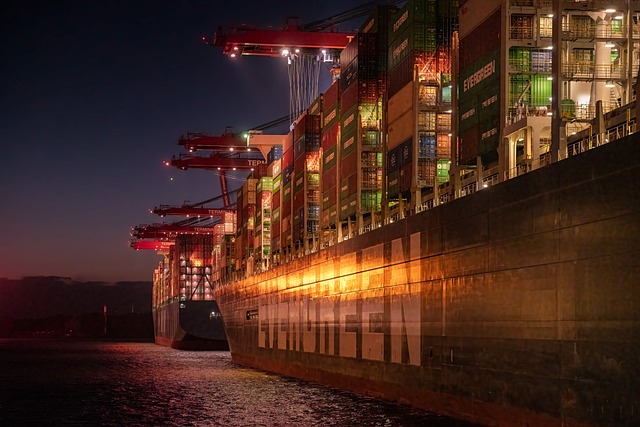
The evolution of shipping containers has transformed global trade and logistics. Once considered mere boxes for transport, they have emerged as versatile, modular solutions catering to diverse freight requirements. This transformation began in the mid-20th century when containerization revolutionized maritime shipping, replacing time-consuming and inefficient break-bulk methods. The advent of standardized, intermodal containers like the ISO container (International Organization for Standardization) allowed for seamless transport across different modes—road, rail, and sea—without the need for manual reloading.
Over time, various specialized cargo containers have emerged to meet specific needs: refrigerated containers for perishable goods, flat rack containers for oversized items, open-top containers for loose materials, high-cube containers for increased internal volume, and more. Container leasing and rental services further enhance flexibility, enabling businesses to adapt quickly to fluctuating demands. Today, shipping containers are not just about moving cargo; they represent a robust, efficient, and adaptable infrastructure crucial for global supply chains, with container depots serving as strategic hubs for container transport and storage.
The Unparalleled Versatility of Modern Containers
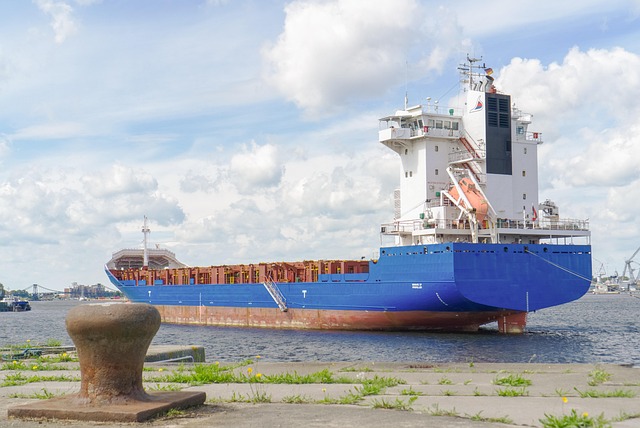
Modern shipping containers have revolutionized freight transportation with their unparalleled versatility. These containers come in a wide array of types and dimensions, catering to diverse cargo needs, from dry goods and raw materials to hazardous materials and perishable items. Their modular design allows for easy stacking, efficient loading, and secure sealing, ensuring safe transport across various modes—road, rail, air, and sea.
Whether it’s a standard ISO container for general cargo, a refrigerated container for temperature-controlled shipping, or a high cube container for maximizing load space, these versatile freight containers offer flexibility in terms of both usage and transport. Additionally, with options like office containers, storage containers, and even specialized containers like flat rack and open top varieties, the modern shipping container has become a game-changer in global trade, streamlining logistics and reducing costs across industries.
Container Types and Their Specialized Purposes
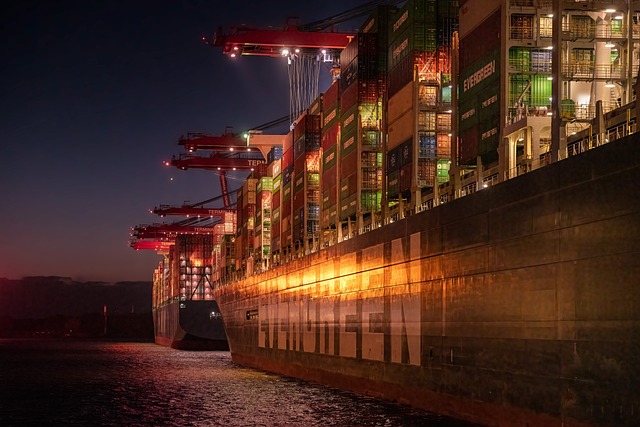
Shipping containers come in a variety of types, each designed for specific freight requirements and applications. These versatile units are the backbone of modern container shipping, offering efficient and secure transport solutions across various sectors. One of the most common types is the intermodal container, ideal for moving goods between different modes of transport like ships, trains, and trucks, thanks to their standardized dimensions and compatible handling equipment.
Freight containers, often referred to as ISO containers, are another popular choice due to their robust construction and vast range of sizes. These include standard 20-foot or 40-foot units, as well as specialized variants like high cube containers for taller cargo, refrigerated containers for temperature-controlled transport, flat rack containers for oversized freight, open top containers for bulky items, and storage containers that double as temporary warehouses at container depots. Modular containers, such as office containers, provide flexible workspace solutions, while the versatility of shipping crates offers alternative packaging options for specific types of cargo. Container leasing and rental services further enhance their utility, allowing businesses to adapt to fluctuating demand without significant capital investment.
Adapting to Diverse Freight Needs
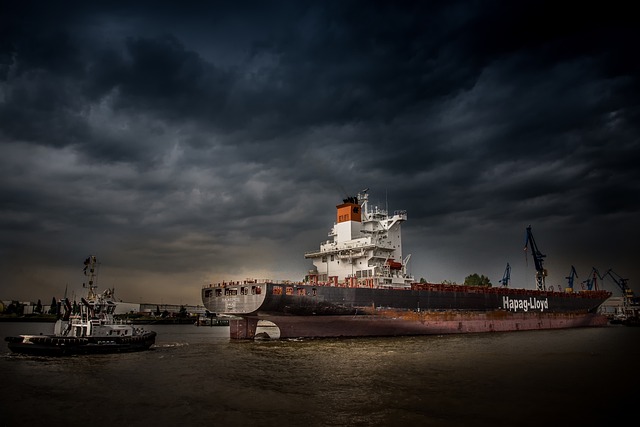
In today’s globalized world, the demand for versatile and adaptable shipping solutions is higher than ever. Shipping containers have emerged as a game-changer in the logistics industry, offering a flexible approach to meeting diverse freight requirements. These intermodal containers, such as ISO containers, come in various types and dimensions, ensuring they can accommodate a wide range of cargo. From standard sea containers for dry goods to refrigerated cargo containers for perishable items, there’s an option tailored to almost any transport need.
Container shipping has revolutionized the way freight is transported, allowing for efficient container leasing and rental services. Companies can now quickly adapt their supply chain by utilizing these modular containers for both land and sea transport. Whether it’s a simple storage container or a complex office container, the versatility of these freight containers means businesses have greater control over their operations, enabling them to navigate the challenges of international trade with relative ease.
Case Studies: Real-World Applications of Adaptive Containers
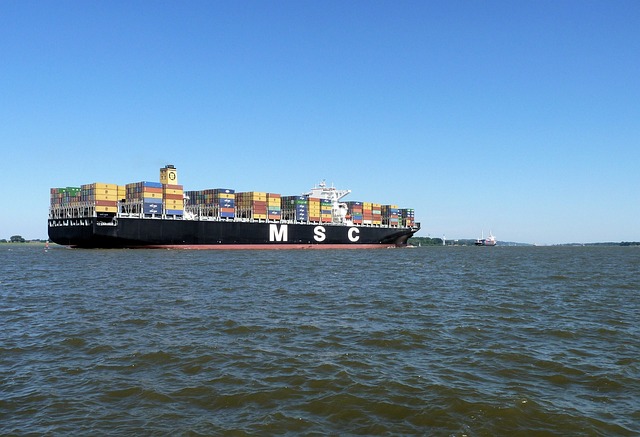
In real-world applications, adaptive shipping containers prove their worth across diverse industries and logistical challenges. For instance, in urban settings, office containers are transformed into pop-up workspaces or even miniature homes, showcasing their versatility in space optimization. In remote areas, container depots serve as crucial hubs for storing and distributing goods, ensuring efficient container shipping despite challenging terrains.
The agricultural sector benefits from refrigerated containers for perishable cargo, while construction sites utilize flat rack containers to transport oversized equipment safely. Additionally, open-top and high-cube containers cater to unique freight requirements, such as transporting bulky machinery or unconventional shapes. These case studies illustrate the adaptability of freight containers, cargo containers, and storage containers in various container transport scenarios, making them indispensable assets for modern logistics.
Shipping containers have evolved from simple cargo holders to versatile tools that adapt to diverse freight requirements. Their unparalleled versatility allows for efficient transportation and storage across various industries, from construction sites to humanitarian aid efforts. Understanding the different types of containers and their specialized purposes enables businesses to make informed decisions, ensuring they choose the right solution for each unique freight need. By embracing these adaptive containers, we unlock a more flexible and sustainable global trade network.
